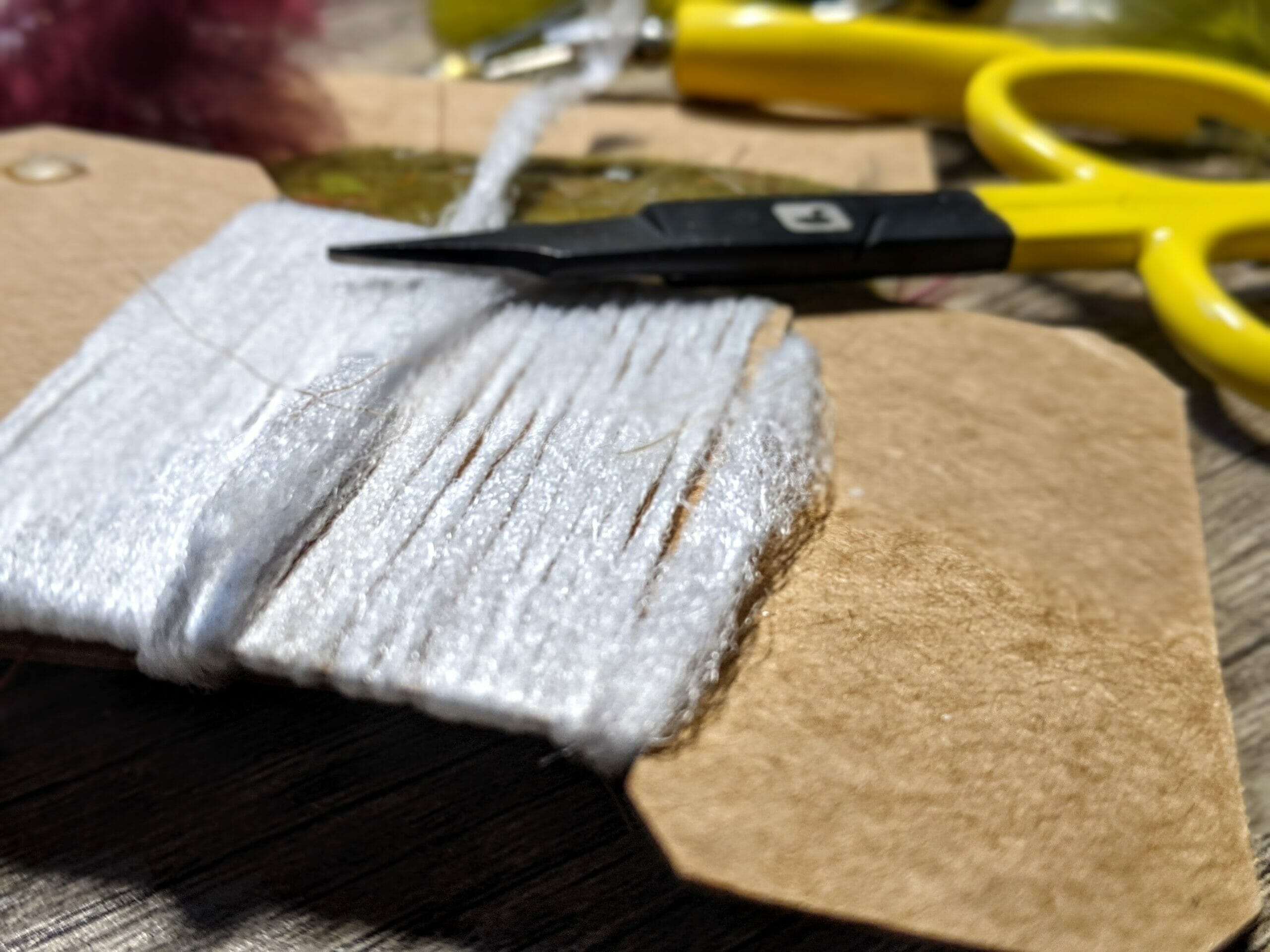One of the biggest challenges those new to fly tying encounter is how to tie in wings for various patterns. Hair wings for everything from big stonefly patterns to tiny mayfly imitations require some dexterity and precision. The only way to get better at it is to do it. A lot.
I’ve been tying for decades, yet I’m hardly accomplished at the vise. To this day, I have to tie three or four flies to rediscover the “muscle memory” that comes with tying in hair wings. In the interest of economy and, frankly, because it’s so much easier, I’ve almost abandoned hair wings altogether when I tie mayfly patterns. Instead, I use floating polypropylene yarn.
It’s also cheap, readily available and it’s a great material for use across almost all fly-tying disciplines. It’s versatile, too — it makes for a great parachute post, perfectly splayed-out spinner wings or just simple upright wings backed and fronted by dry-fly hackle.
To add to it’s all-star attributes, poly dries quickly with a few false casts, and it’s also easy to see on the water. That’s a big deal when you’re casting a size 22 Blue-winged Olive to picky trout on a slate-gray day.
I find it much more manageable to use at the vise than traditional hair-wing material — even elk hair or deer hair, which is coarse and generally easy to work with. Poly can be twisted, separated and cut with ease (see the above video of tying legend Tim Flagler using it in his Klinkhammer pattern). Most wing material needs to be handled with care. Not so with poly — it’s very forgiving.
If you’re new at the vise, or new to a particular fly pattern, consider using poly for your wing material. You’ll love the versatility and I’m betting you’ll also dig the results.



